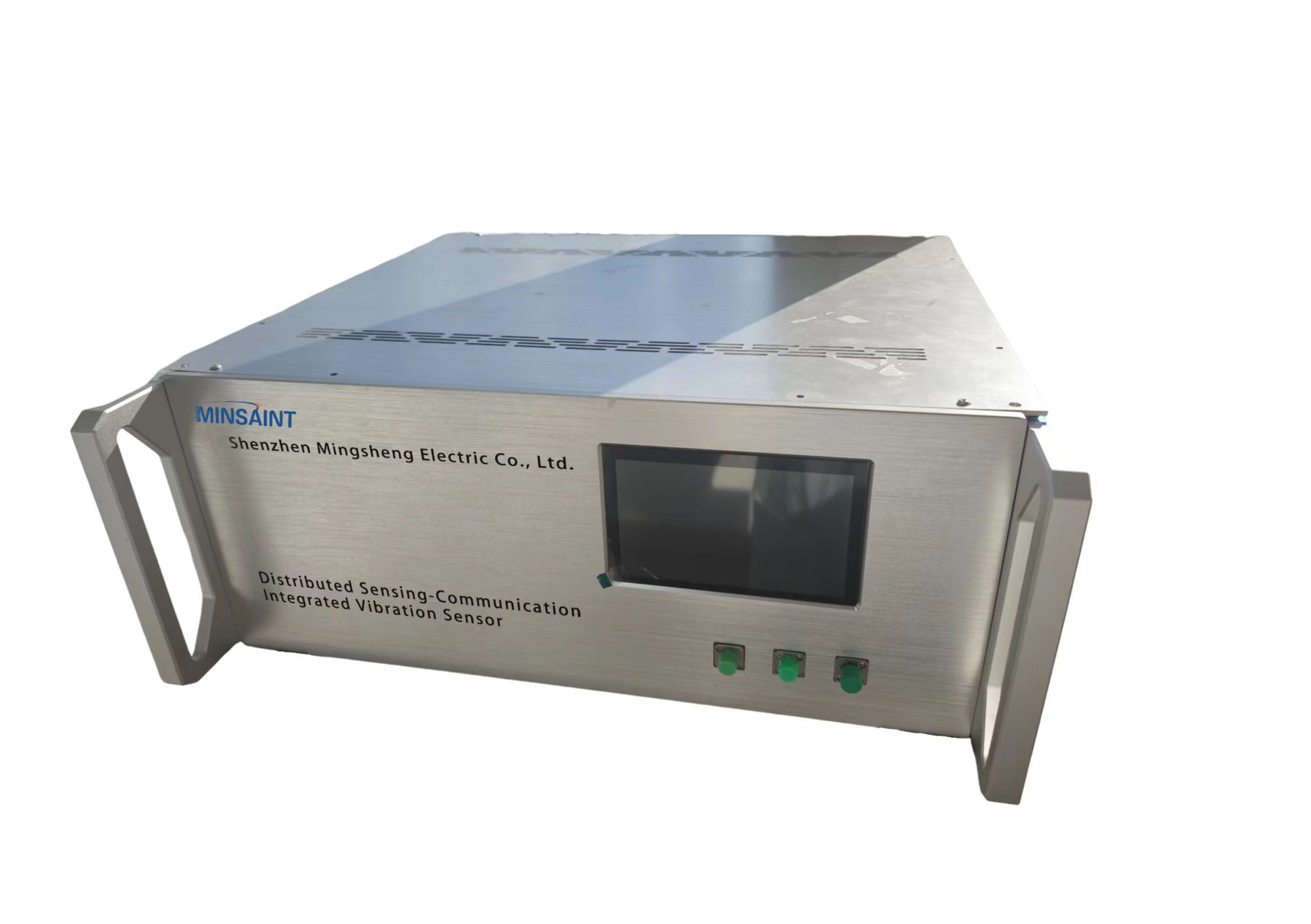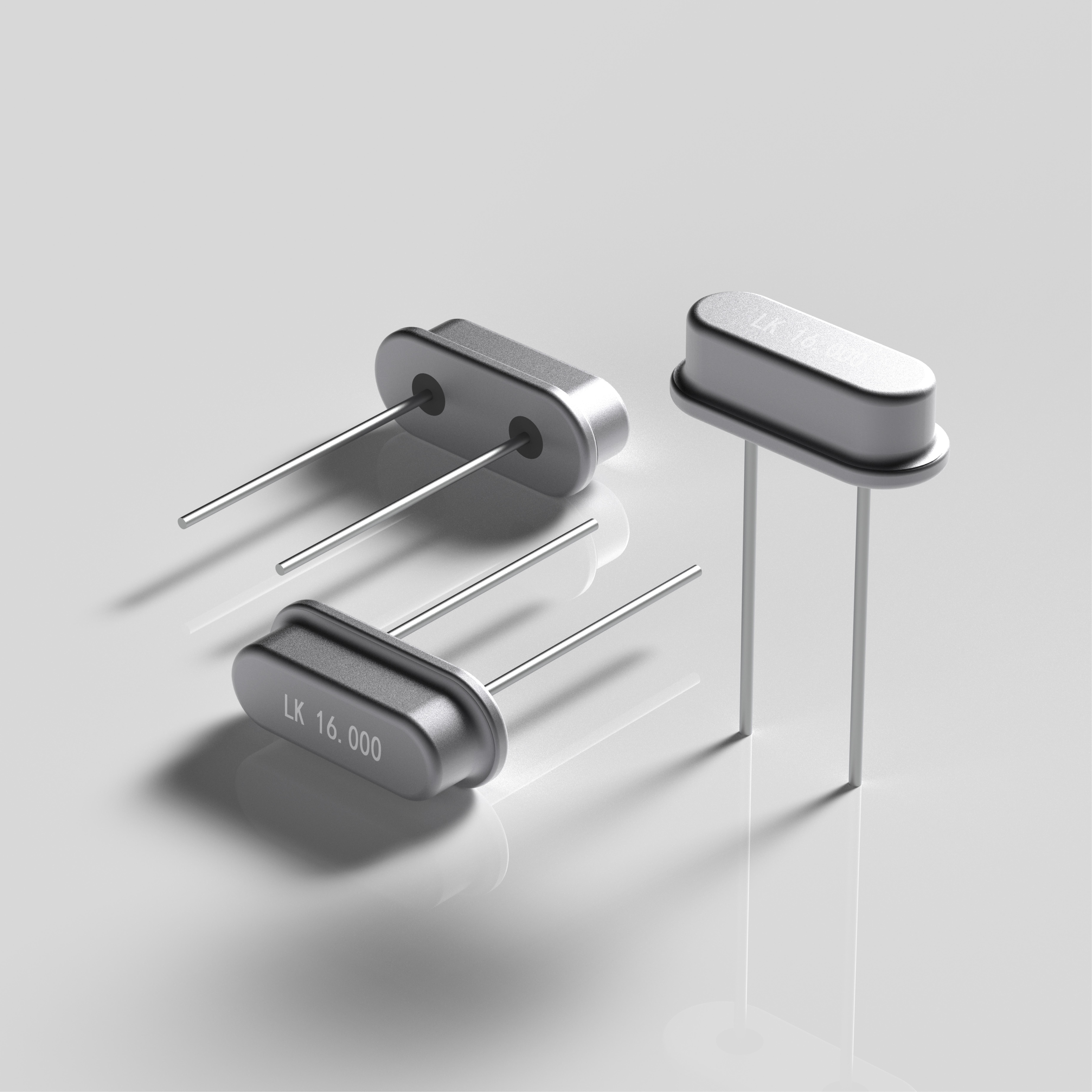Aircraft maintenance is a critical aspect of aviation safety and efficiency. Regular inspections, repairs, and servicing are essential to ensure that aircraft are in optimal condition for safe operations. In this blog post, we will delve into the significance of regular aircraft maintenance, explore the recommended frequency of maintenance checks, and highlight the latest industry practices to adhere to Google's search engine algorithm.
- The Importance of Regular Aircraft Maintenance:
Aircraft maintenance plays a pivotal role in ensuring the safety of passengers and crew members. It involves a comprehensive range of activities, including routine inspections, component replacements, and system upgrades. By conducting regular maintenance, airlines and aviation authorities can identify and rectify potential issues before they escalate into major safety concerns. Moreover, well-maintained aircraft also offer improved fuel efficiency, reduced operational costs, and enhanced overall performance. - Factors Influencing Maintenance Frequency:
The frequency of aircraft maintenance depends on various factors, including the type of aircraft, its age, the number of flight hours, and the operating environment. For instance, commercial airliners typically undergo more frequent maintenance checks compared to private jets due to their higher utilization rates. Additionally, aircraft operating in harsh environments, such as coastal areas or regions with extreme weather conditions, may require more frequent inspections to mitigate the effects of corrosion and other environmental factors. - Recommended Maintenance Intervals:
To ensure compliance with industry standards and regulatory requirements, aircraft manufacturers and aviation authorities provide guidelines for maintenance intervals. These intervals are typically based on flight hours, calendar time, or a combination of both. For example, a commercial airliner may require a routine inspection every 500 flight hours or every six months, whichever comes first. These intervals are designed to strike a balance between safety, operational efficiency, and cost-effectiveness. - Advanced Maintenance Practices:
In recent years, the aviation industry has witnessed advancements in maintenance practices, driven by technological innovations and data-driven approaches. Predictive maintenance, enabled by real-time monitoring systems and advanced analytics, allows for the early detection of potential failures or malfunctions. By analyzing data collected during flights, maintenance teams can proactively address issues, reducing downtime and improving aircraft reliability. This approach also optimizes maintenance schedules, ensuring that inspections and repairs are performed precisely when needed, rather than relying solely on predetermined intervals.
Conclusion:
Regular aircraft maintenance is a critical aspect of aviation safety and operational efficiency. By adhering to recommended maintenance intervals and embracing advanced practices, airlines can ensure the highest level of safety for their passengers and crew members. Moreover, the integration of data-driven approaches enables proactive maintenance, reducing costs and enhancing overall aircraft performance. Embracing these practices not only satisfies Google's search engine algorithm but also ensures that the content remains relevant and up-to-date in the ever-evolving aviation industry.


